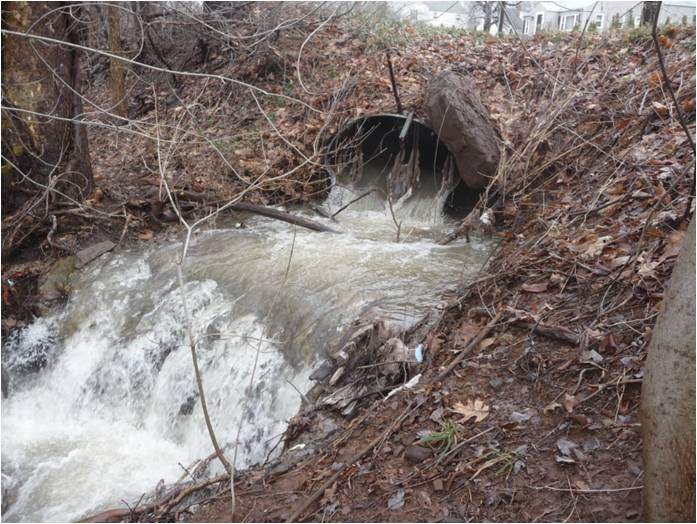The Problem

Every time it rains a quarter of an inch or more, stormwater overwhelms the MDC’s sewer pipes, some sections of which are more than 150 years old. Stormwater connections like sump pumps, downspouts and driveway drains, as well as cracks and open joints in the sewer pipes, allow stormwater to enter, where it then mixes with raw sewage, filling the pipes beyond their capacity and causing sewer overflows, or releases, at various points within the sewer system. For example, during a year with average rainfall, these overflows cause raw sewage to back up into basements, spill out into neighborhood streets and flow into local waterways such as the Connecticut River over 50 times a year.
On an annual basis, across the MDC’s sewer system, more than one billion gallons of a mix of stormwater and sewage overflow into the Connecticut River, and eventually into Long Island Sound. Not only is this pollution unhealthy, but due to regulatory changes, these overflows violate the Clean Water Act.
The problem of sewer overflows is not unique to the Greater Hartford region. Most sewer systems in the Northeast face similar issues. As a result of the sewer overflows in the District, the MDC was issued a federal consent decree from the EPA and a consent order from the Connecticut DEP, which required the District to develop a a Long-Term Control Plan for the abatement of Combined Sewer Overflows (CSOs), which are sewage overflows from pipes that carry both sewage and stormwater, and elimination of Sanitary Sewer Overflows (SSOs), which are overflows caused by either insufficient capacity and/or excessive inflow and infiltration of stormwater into the sewer system. Additionally, the District was ordered to reduce the amount of nitrogen discharged from the District’s wastewater facilities to reduce hypoxia in the Long Island Sound.
As a response to the government mandate, the MDC developed the Clean Water Project.